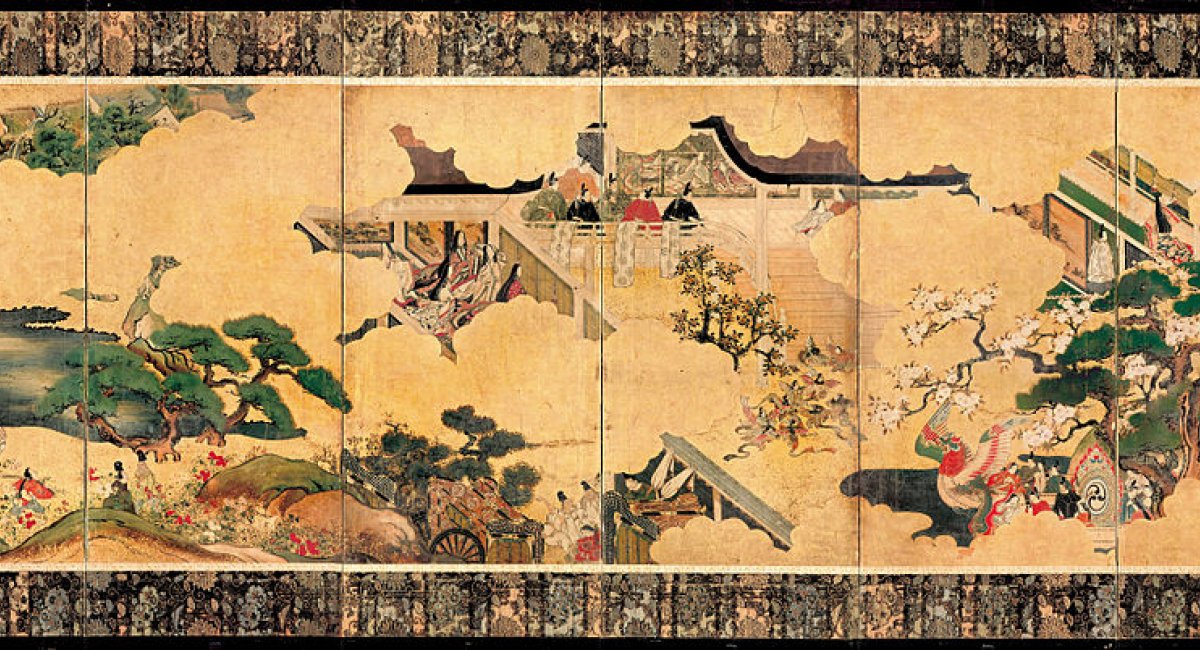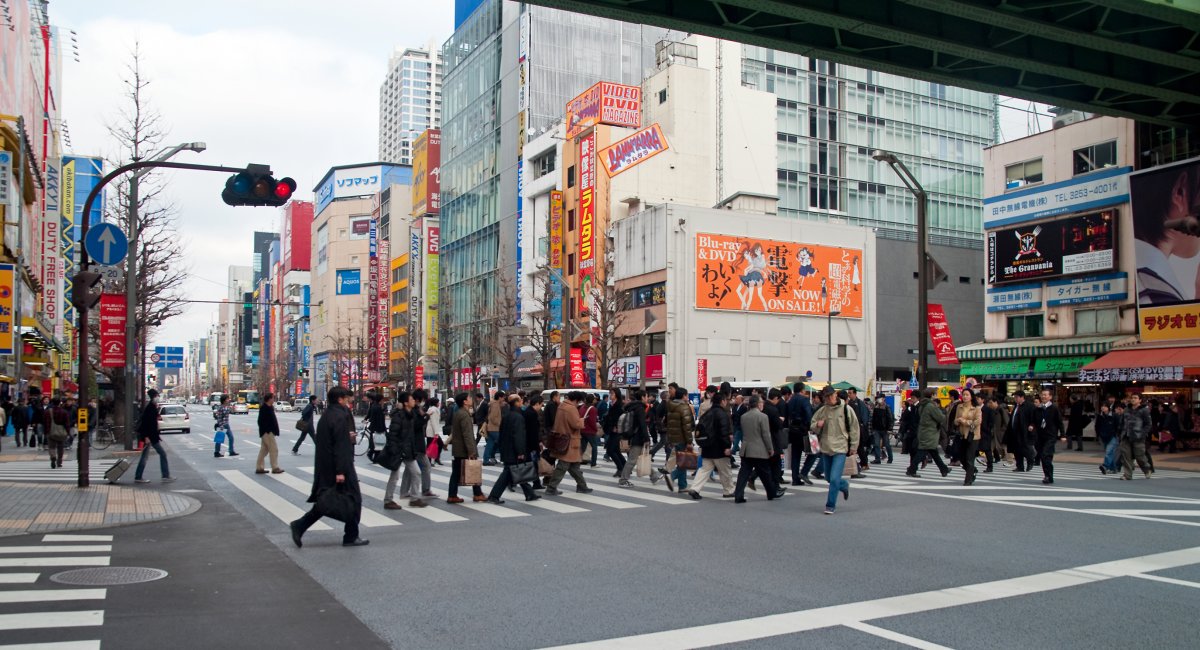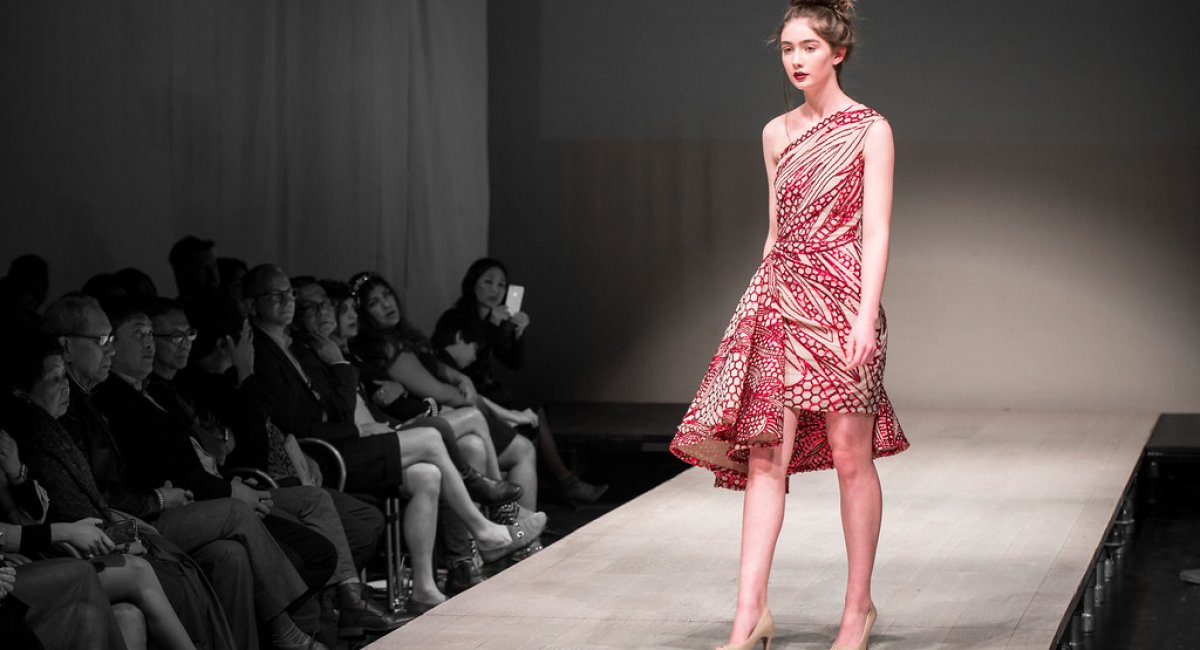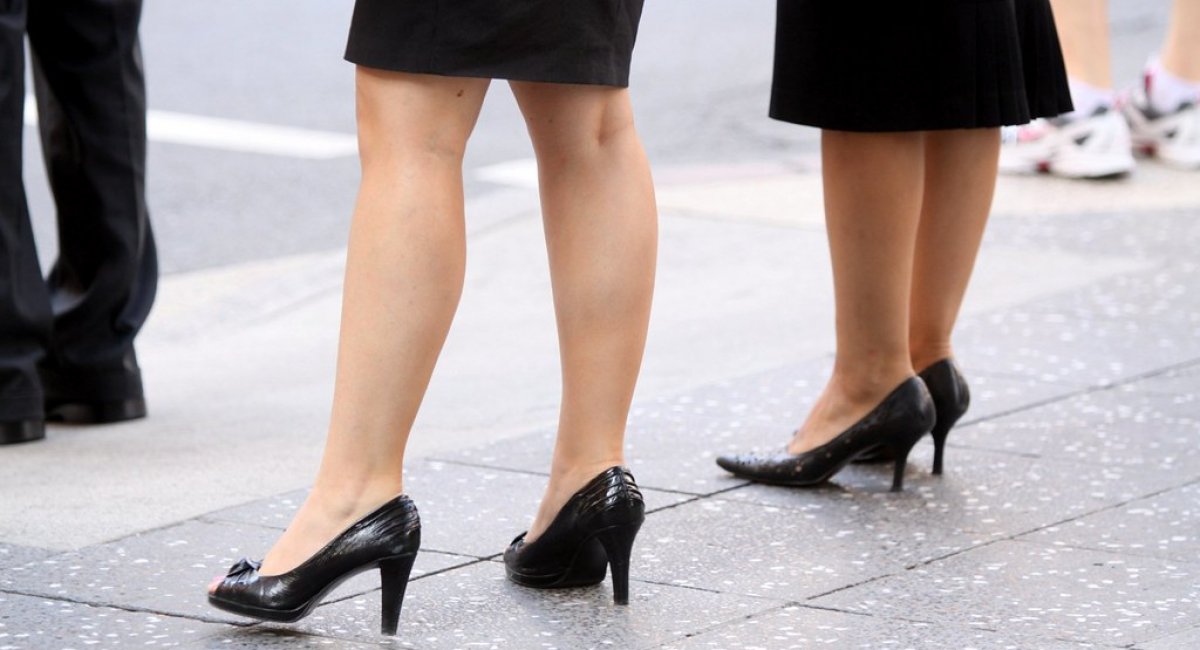Who will care for Japan's elderly?
By Craig, October 14 2019
Today, more than a quarter of Japan's population is aged over 65. This is set to increase to 40% by 2055. The Ministry of Health, Labour and Welfare has warned that Japan will need to add one million nurses and care workers by 2025 to cope with this demographic change.
Encouraging immigration may seem like a simple solution—but it's not a popular one. Japan is still one of the most ethnically homogeneous countries in the world, with foreigners making up less than 2% of the population. Opening up Japan to large-scale immigration is a very sensitive subject.
In 2008, the government started allowing foreign nurses and care workers in. But the bar is set high. Having to pass the national exam in Japanese is incredibly difficult and only 304 foreign nurses and carers have so far managed to make Japan their temporary home. Prime Minister Shinzo Abe says he is keen to expand programmes for foreign workers including nurses but says they would be required to go home after three to five years.




















